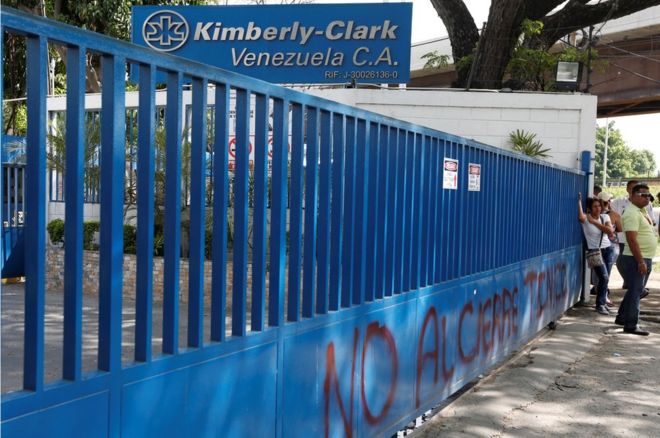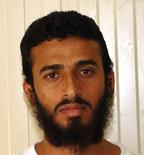Hague Court Strikes Down Beijing’s South China Sea Claims
In a victory for the Philippines, an international tribunal ruled China’s expansive claims in the South China Sea are illegal, setting the stage for more tension in one of the world’s flashpoints.
ForeignPolicy: An international tribunal delivered a stinging rebuke to China on Tuesday, ruling unanimously that Beijing has no historic title to the huge swathe of the South China Sea that it claims.
The decision by the Permanent Court of Arbitration in The Hague represents the first explicit, legal repudiation of China’s claims to the waters of the South China Sea, a territorial land grab that has in recent years soured relations between Beijing and many of its neighbors, especially the Philippines. China refused to recognize the tribunal and has repeatedly said that it will ignore the decision, which is binding and not subject to appeal.
Related reading: Ramifications of Hague Decision
The much-awaited decision will almost certainly further inflame tensions in the South China Sea, which has seen frequent clashes between Chinese coast guard ships and fishermen and vessels from other countries. The United States has over the past year sought to uphold international law and freedom of navigation in one of the world’s busiest waterways by dispatching navy ships to sail through waters that Beijing has tried to fence off.
As expected, Beijing dismissed the ruling. China’s state-run Xinhua news agency said the “law-abusing tribunal” had handed down an”ill-founded award.”
Related reading: Full text: China calls Hague Tribunal verdict ‘null and void’, says it’s not ‘binding’
China’s defense ministry said its troops would “unswervingly safeguard state sovereignty, security, maritime rights and interests,” according to state broadcaster CCTV.
Read the full statement of China’s Defense Minister here.
Wary of China’s reaction to the verdict, the Philippines called for “restraint.”
“Our experts are studying this award with the care and thoroughness that this significant arbitral outcome deserves,” Foreign Affairs Secretary Perfecto Yasay told reporters.
“We call on all those concerned to exercise restraint and sobriety. The Philippines strongly affirms its respect for this milestone decision,” he said.
In the wake of the ruling by the panel, which China has spent months trying to discredit, experts said Beijing could respond in a variety of ways. It could send more fighter jets to bases it is building on the disputed islets, or it could declare an air defense identification zone in part of the South China Sea, much as it did in 2013 in the East China Sea.
China could also ratchet up the fight with the Philippines by carrying out dredging and reclamation work at Scarborough Shoal, one of the features close to the Philippine coast and a reef at the center of the spat between the two countries. Or China could even try to blockade Philippine marines currently stationed at one of the tiny atolls, potentially threatening a showdown with the United States, which has a mutual defense treaty with Manila.
“The only person who knows what China’s response will be is Xi Jinping. It’s going to be his decision and nobody else’s,” said Gregory Poling, director of the Asia Maritime Transparency Initiative and a fellow at the Center for Strategic and International Studies, and an expert on the South China Sea disputes.
The ruling, capstone to a 2013 complaint brought by the Philippines, considered three broad issues. Does China, as it maintains through its proclamation of a so-called “nine dash line,” have “historic rights” to the waters around the Spratly Islands, hundreds of miles from the Chinese coast? Do those tiny reefs and rocks actually amount to islands, which would give their owner exclusive claim to the economic resources nearby? And has China, in its rush to dredge coral atolls to build artificial islands and fence off the area from the Philippines, violated the U.N. Convention on the Law of the Sea?
The panel found that while Chinese fishermen have in the past plied the waters around the Spratlys, that does not amount to any sort of legal claim to the resources there today.
“There was no legal basis for China to claim historic rights to resources,” the panel ruled, “within the sea areas falling within the ‘nine-dash line’.”
The tribunal also determined that none of the features in the Spratly Islands — with names like Mischief Reef and Fiery Cross Reef — amount to actual islands. That means that, regardless of which country has sovereignty over those rocks and atolls (a question the Hague panel did not consider), they do not grant any legal entitlement to a 200-mile wide exclusive economic zone in the surrounding waters.
Finally, the panel found that China had violated the Philippines’ rights in the waters off its coast, by, for example, interfering with Manila’s ability to drill for oil or fish in seas that by law belong to the Philippines.
“The Tribunal therefore concluded that China had violated the Philippines’ sovereign rights with respect to its exclusive economic zone and continental shelf,” the panel noted in its nearly-500 page ruling.
The tribunal also determined that China had violated environmental provisions of the international law of the sea by tearing up coral reefs to build artificial islands. And the panel also found in the past three years China has aggravated the dispute with the Philippines due to its land reclamation campaign and aggressive and illegal behavior by Chinese ships.
The panel concluded that both countries, since they ratified the Law of the Sea Treaty, are bound to comply with Tuesday’s decision.

 Reuters: No to the closure” read graffiti on the firm’s gates over the weekend
Reuters: No to the closure” read graffiti on the firm’s gates over the weekend

